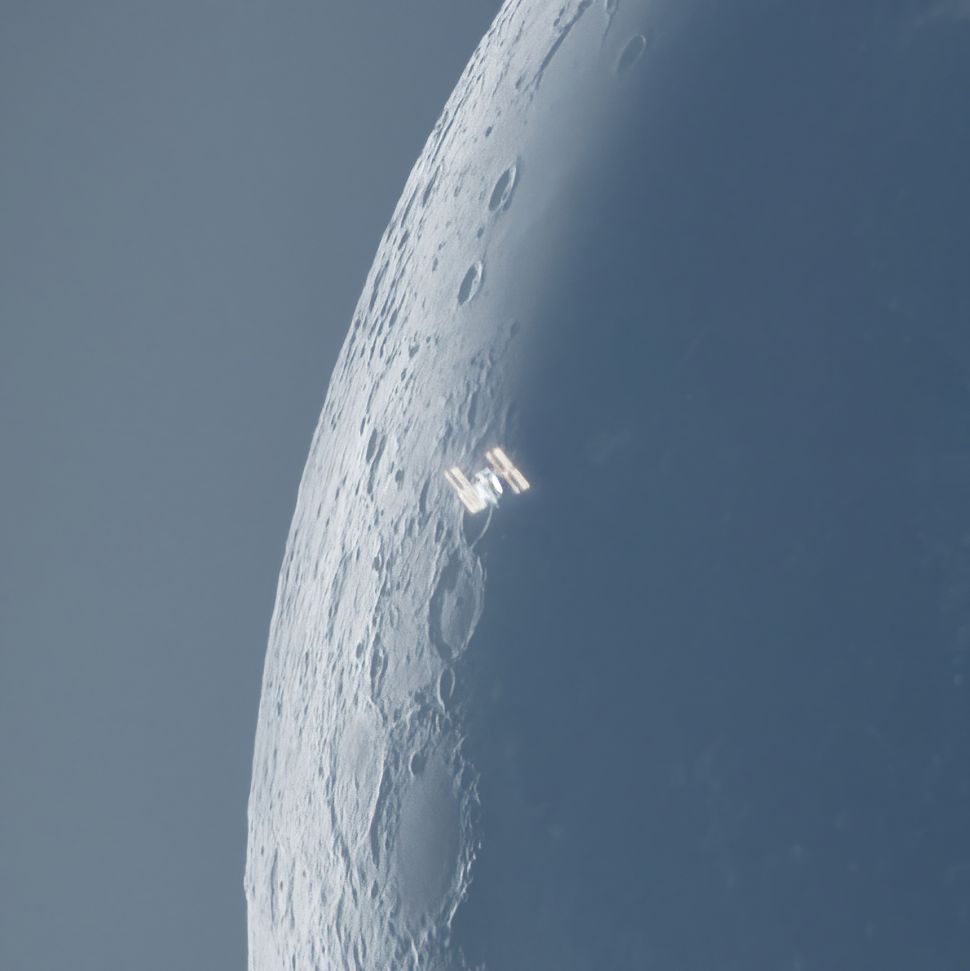The best
astronomy photos of the year draw the viewer's eye upward and outward,
revealing breathtaking views like auroras above Earth and visions of a star
nursery 554 light-years away.
These
photographs, from the finalists in the Royal Observatory Greenwich's 13th
annual Astronomy Photographer of the Year competition, are a lovely reminder of
the universe's immensity and age. One image, taken by photographer James
Rushforth, depicts the comet NEOWISE streaking by Earth 6,800 years ago,
passing over Stonehenge, and a site that didn't even exist at the time.
Held in
cooperation with BBC Sky at Night magazine, the competition drew more than
4,500 entries from 75 different countries. Winners in 12 categories will be
announced on September 16, 2021, and the winning photographs will be exhibited
in the National Maritime Museum in London. Here are the shortlisted
competitors.
A Daytime
Transit
In this
daytime image, the International Space Station moves across a fading crescent
moon. Photographer Andrew McCarthy of Elk Grove, California, captured the
photographs using two cameras and two telescopes, which he then combined into a
continuous panorama.
McCarthy
utilised a Celestron EdgeHD800 telescope at f/10, a Hobym Traveller mount, a
ZWO ASI174MM camera, and a 1,000 x 1-millisecond exposure for the monochrome
image. He used an Orion XT10 telescope at f/10, a Hobym Traveller mount, a Sony
A7II camera, ISO 200, and a 1-millisecond exposure for the colour.)
Aurora in
Murmansk
In this snapshot taken in January 2020, the aurora borealis outshines the lights of Murmansk, Russia. Vitaliy Novikov had to wait for a large solar flare in order to see the aurora despite the city lights.
(To
photograph the skylights, Novikov used a Nikon D850 camera with a 24 mm f/5.6
lens, ISO 1000, and an exposure time of 0.8 seconds.)
Bicolor
Veil Nebula
This image
was created by stitching together images of the Veil Nebula obtained in June,
July, and August of 2020. The nebula is the remnant of a huge star's death
throes, a supernova explosion. The photo was taken in Hungary's Pest County.
(The photographer utilised a SkyWatcher 200/800 Newton Astrograph telescope set to f/4.6, Astronomik Ha and OIII filters, a SkyWatcher NEQ6 Pro mount, a Moravian G3-16200 Mark II camera, and a total exposure time of 12 hours.)
Château de Chambord
This
chateau in France's Centre-Val de Loire was a photographer's dream and a
struggle for Benjamin Barakat of the United Kingdom, who had to take photos
during minute-long breaks in the castle's lights, which happened every 15
minutes.
(Baraket
used a Sigma Art 40 mm telescope, an iOptron SkyTracker Pro mount, and a Canon
6D Baader modded camera.) Baraket used a 40 mm f/2.8 lens, ISO 3200, 4 x
30-second exposures for the foreground, and a 40 mm f/2 lens, ISO 1600, 8 x
30-second exposures for the sky.)
Dolphin Head Nebula
The Dolphin Head Nebula is located in the constellation Canis Major, at the centre of the constellation. Sri Lankan Yovin Yahathugoda used the Telescope Live remote telescope in Chile to obtain this image. The stunning image is the culmination of three nights of difficult weather and 90 minutes of exposure time.
(Yahathugoda
used an ASA 500N telescope at f/3.8, Astrodon filters, an ASA DDM85 Premium
mount, a FLI PL16803 camera, and a 1.5-hour total exposure using the Ha-OIII
composite.)
For More Click Here









0 Comments